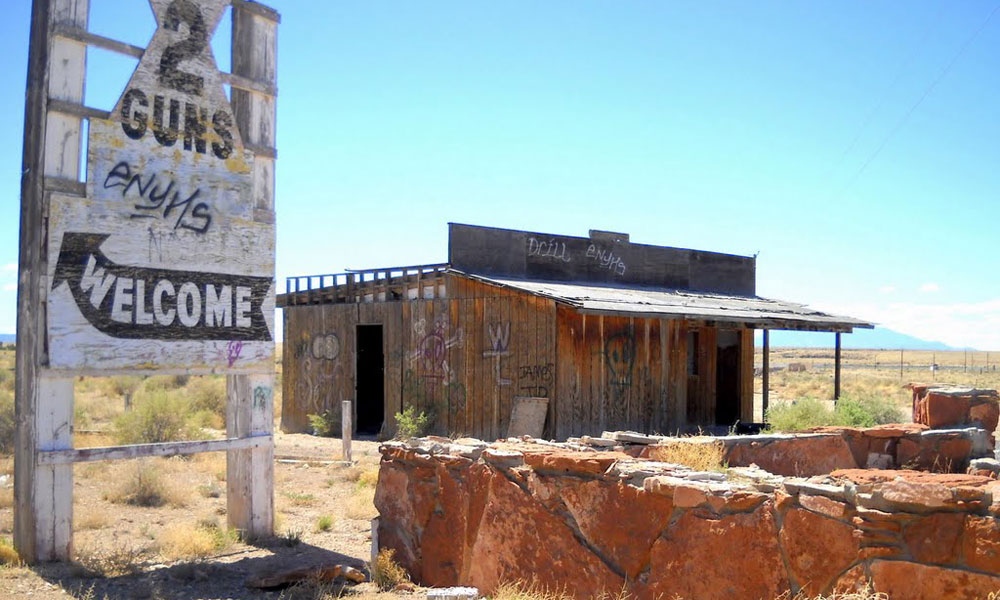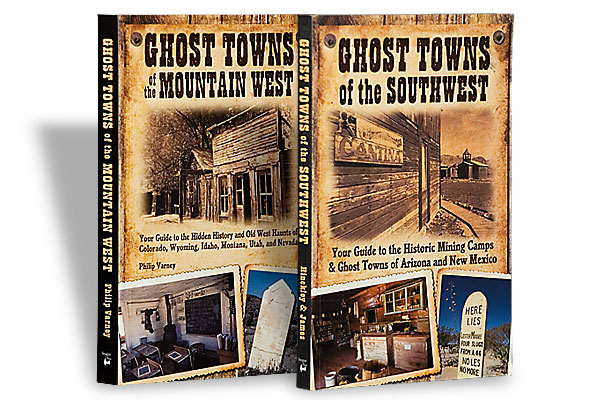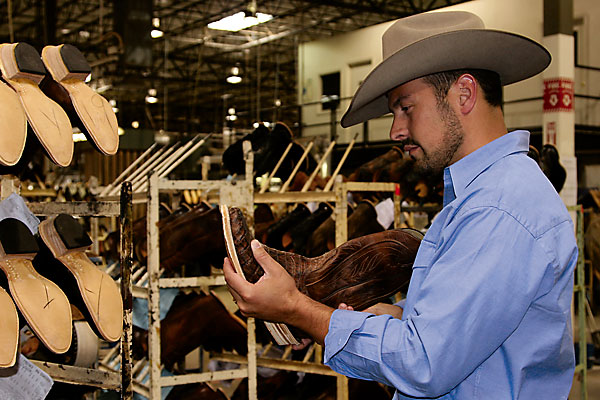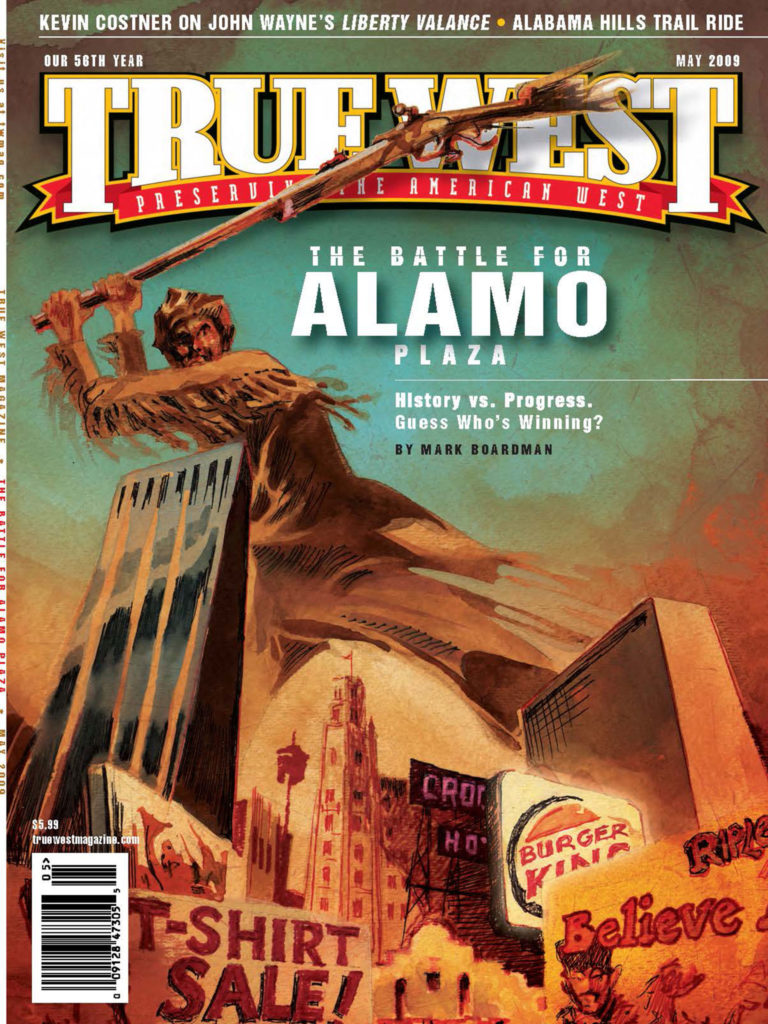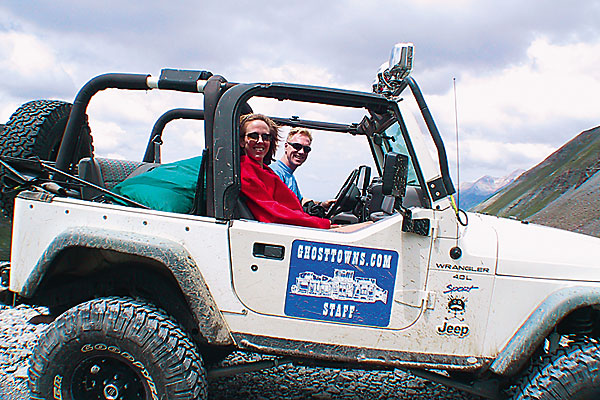
Todd Underwood remembers standing next to his dad at an Arizona ghost town they’d discovered some 30-odd years ago and getting that marvelous feeling of wonderment:
Why did people live here, why did they leave and what did they do while they were here?
“I still feel that way today. Finding a new ghost town doesn’t wear off,” says the chemistry professor-turned-medical transport pilot who lives in Prescott.
That sense of awe is felt by tens of thousands of people who seek out those abandoned places we call ghost towns. “Before GPS systems and computers, they were very difficult to find,” he notes. “If you could find a ghost town, you were pretty good!”
The mystique was too strong to keep quiet, so Underwood created a website that he hopes will be the “encyclopedia on ghost towns.” GhostTowns.com is well on its way to fulfilling that dream, as he has posted thousands of ghost towns he visited in the U.S. and Canada.
It went online on March 25, 1998, and today the website averages 30-40 million hits a month, marking it among the top 10,000 websites in the world. It’s been featured on CNN and by the Smithsonian Institution. School kids use the site to write reports for history classes. Most of all, it’s used by people who share Underwood’s awe for places people once lived at and loved and then left.
Underwood shares his visits through words and photos on the site, as do his fellow “ghost towners” who flood it with their information and photos. He believes everyone’s contributions are helping to preserve these abandoned spots. “These pictures are a snapshot in time,” he says. “No matter what it’s like today or what happens in the future, these pictures are a record. You know, it doesn’t do the public any good if grandma has pictures that nobody sees.”
The website shares a brief history of the ghost towns, directions on getting there, the current status of the town, special events, lists of books and videos on the subject, current events, TV channels and programs devoted to ghost towns and even lessons on how to become a proper ghost towner (one big hint: a real ghost towner takes nothing away but photographs).
If you think ghost towns are a Western phenomenon, this site quickly shows that is dead wrong. More ghost towns may be found in the West—each state has from 100 to 200—but even Midwest and Eastern states have many.
“The hobby of ghost towning is growing,” Underwood says. “When [my family] first moved to Arizona from Los Angeles in 1976, the people interested in ghost towns were metal detectors. But today, the thrill of finding a site and the thrill of getting to a site is felt by a whole community of ghost towners.”
He organized the website because he “wanted to have a historical record.” Since he’s been at this for so long, he knows how important that record is—and how fragile a ghost town can be.
His favorite sites are all in Colorado, where 10 months of the year, “they’re stuck in snow so nobody can get to them and destroy them.” Contrast that with the heartbreak he sees closer to home: “Nothing has been done in Arizona to protect the sites, which are accessible year round. That’s why Arizona has so few sites left.”
Near the Arizona community of Crown King is the ghost town Orobelle, which he first visited in the late 1970s. “When I first went there, it had a two-story building, but at this point, all that’s left is rubble as high as my knees. On any given day, if you go, somebody will be target shooting at what used to be buildings.” That’s just one of many examples of lost towns he could give, as he watches neglect and indifference—and some really bad manners—destroy these ghost towns.
He estimates that each month ghost towners add 10 to 30 new ghost towns and post as many as 500 new pictures. “When I started, you’d spend two to four days with maps, researching, trying to find one town,” he says. His website makes it easy to find the towns today.
“Ghost towns let us appreciate where we came from, appreciate history, appreciate the Old West,” he says. “It’s about how we can preserve our heritage and where we come from.”


